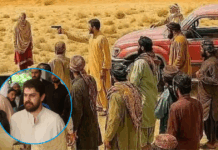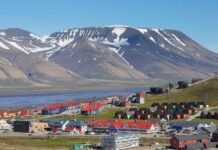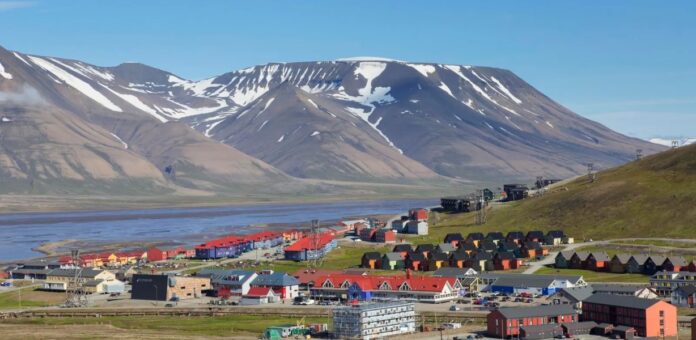Longyearbyen, Norway, lies far within the Arctic Circle on Svalbard, with about 2,400 people. The town operates on permafrost, never-melting frozen ground, so buried corpses don’t rot. That created a strange policy: no one can be buried there, which means, technically, no one can die there either!
It’s actually a matter of public health, permafrost issues, and pragmatism. Let’s dissect what you should know.

Permafrost Prevents Decomposition
Longyearbyen sits atop permanent permafrost, a frozen layer of earth and rock that’s thousands of years old. It was in the 1950s that authorities stumbled upon local cemeteries of the 1918 flu epidemic, where corpses hadn’t rotted, and some still held virus particles.
Scientists cautioned that thawing would unleash old pathogens. That led to a policy: no more traditional burials in town. Cemeteries are still off-limits to keep people and environment safe.
Since burial is not possible and medical facilities on the islands are restricted, anyone gravely ill, elderly, or dying has to be transferred to mainland Norway. Pregnant women have to be transported out before they give birth, too.
This is not a law prohibiting death, but a compulsory transfer policy. The residents keep mainland addresses handy in the event of needing hospital treatment, birthing services, or terminal care. It provides for dignity and security.
Legal Misconception vs. Reality
No law says “you can’t die here.” Rather, local ordinances restrict burials within the town. Years went by, and sensationalist headlines such as “illegal to die” confused the facts. Those clickbait headlines hid the truth: you can die in Longyearbyen, but your body has to be sent elsewhere.
This myth travelled through articles, social media, and travel websites, more exciting than accurate.

The regulation has ripple effects. First, it highlights how permafrost makes simple human rituals more challenging. Second, it points out how climate change could potentially destabilise permafrost and public safety.
If warming persists, already entombed bodies could become exposed or disintegrate, prompting fears for the local community. The transplant procedure thereby becomes precautionary and symbolic of adaptation to extreme climates.
Living in Longyearbyen
Life here blends frontier independence and remote living. International residents come for science, tourism, mining, and research. They must adapt: carry rifles to guard against polar bears, don’t bring cats (to protect birdlife), and adhere to strict burial and birth policies.
Policies also include planning: get mainland passports or hospital access, arrange medical transfers, and prepare for seasonal darkness and isolation.
Terming Longyearbyen “illegal to die” is a snappy headline, but the truth is more complicated. The town’s prohibition against burials is due to real threats: permafrost, preservation of disease, and cramped infrastructure.
You can die there, but authorities refuse to let you do so. It’s a pragmatic rule that comes from Arctic issues, not a tyrannical edict. So yes, the earth may be frosty, but life goes on with planning and deference to forces of nature.
Stay tuned to Brandsynario for latest news and updates





































